
What Is Wallet as a Service (WaaS) and How Does It Work on Solana?
Author

Author
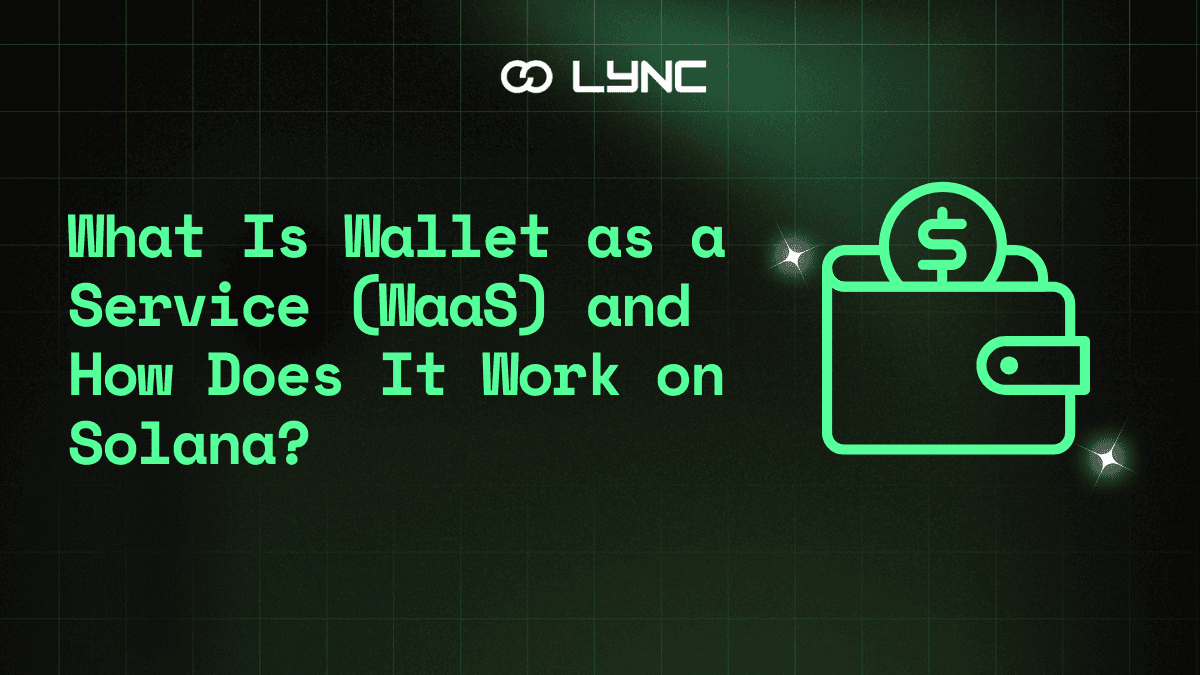
Digital wallets are the gateway to onboarding new users into the world of Web3. They act as the key to accessing decentralized apps, send and receive crypto, and manage digital identities without relying on traditional banks or intermediaries. However, setting up a wallet from scratch can be risky, expensive, and complex, especially when it involves beginners and that is where Wallet as a service comes in.
Wallet as a service is a backend solution that helps businesses to create and manage crypto wallets for their users, thereby reducing the friction, complexity, and security risks typically associated with onboarding new people into the Web3 ecosystem.
To break it down further, instead of businesses asking users to download browser extensions, manage seed phrases, or understand blockchain intricacies, just to set up a wallet, WaaS allows apps to embed fully functional wallets directly into their interface without any extra steps or crypto jargon. For users, it feels just like signing into any modern app. Behind the scenes, however, the platform is handling key generation, transaction signing, and security protocols, all seamlessly powered by the business using Wallet as a Service.
For most people, creating a crypto wallet can feel like trying to set up a complicated machine with no instructions. You’re asked to save a “seed phrase,” understand private keys, and install browser extensions—all just to get started. It’s confusing, risky, and honestly, a little intimidating.
Here are some of the features that make it such a game-changer:
That’s why key management is such a big deal. With WaaS, users don’t have to even know what a private key is. The service handles all the heavy lifting in the background. For example, many WaaS providers use secure multi-party computation (MPC) or other advanced cryptographic methods to split and protect the private key across different systems. That way, even if one part is compromised, your wallet remains secure.
This means developers can add full wallet functionality with just a few lines of code, without needing to build or maintain the underlying infrastructure. It speeds up launch time, reduces engineering costs, and ensures the wallet is secure and scalable from day one.
This makes a huge difference for everyday users. No more writing down 12 random words on paper or panicking if your phone gets stolen. WaaS brings crypto in line with the kind of safety nets people are already used to, lowering the fear factor and making digital asset ownership feel less like a risky experiment and more like a regular part of online life.
1. Simple Onboarding
Create a wallet using just an email or phone number, no seed phrases or crypto knowledge needed.
2. Hands-Free Key Management
Private keys are securely handled behind the scenes, so users don’t need to manage or even see them.
3. Easy Account Recovery
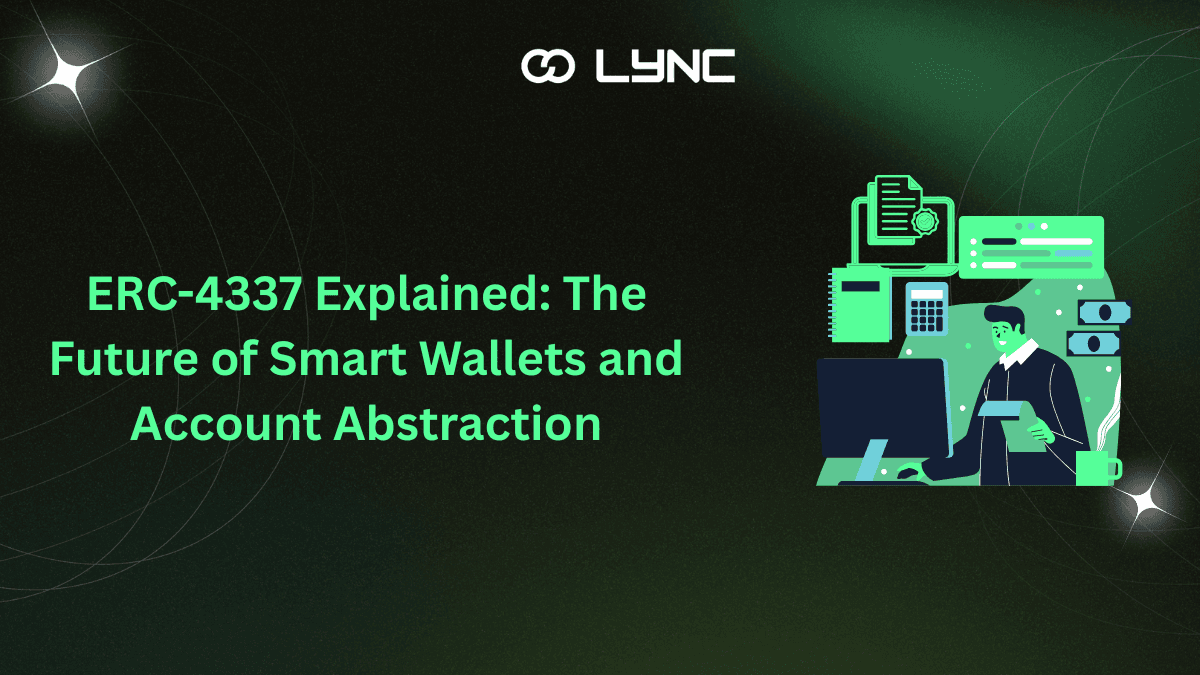
July 14, 2025
The Ethereum Blockchain has been the pioneer for smart contracts and decentralized applications. However, its user experience has often been criticized for complexity, especially for newbies. This is where ERC-4337 comes in. The ERC-4337, also referred to as EIP-4337, is...
Author
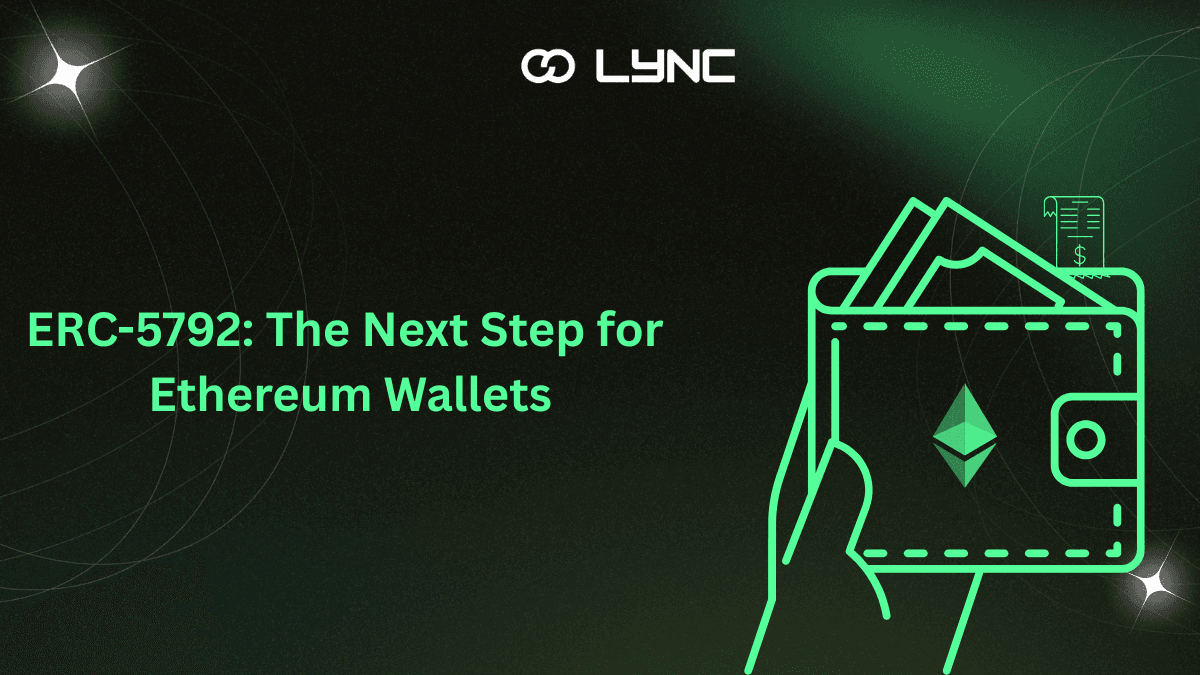
July 10, 2025
For years, Ethereum wallets have been the keys to a fascinating digital kingdom. But let’s be honest, using them hasn’t always felt magical. If you’ve ever stumbled through signing confusing messages, wondering why sending a token takes five steps and...
Author
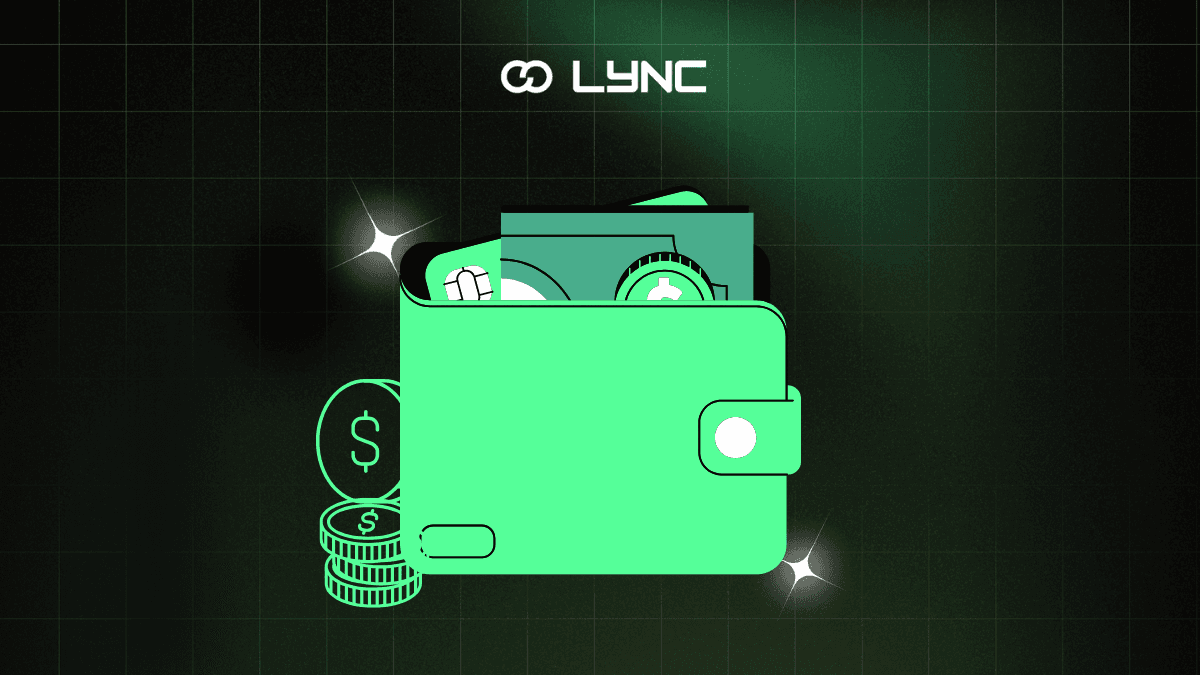
July 8, 2025
If you’ve ever opened a crypto wallet and immediately felt lost, you’re not alone. For many people, crypto still feels like a complicated puzzle of seed phrases, confusing interfaces, and gas fees you never saw coming. But a new wave...
Author

July 7, 2025
Picture this: your crypto wallet doesn’t just store your tokens; it books your flight, cancels your unused subscriptions, and buys ETH when the gas is low. Sounds a bit sci-fi? It’s not. Thanks to ERC-7720, we’re now flirting with a...
Author

July 4, 2025
Digital wallets are the gateway to onboarding new users into the world of Web3. They act as the key to accessing decentralized apps, send and receive crypto, and manage digital identities without relying on traditional banks or intermediaries. However, setting...
Author
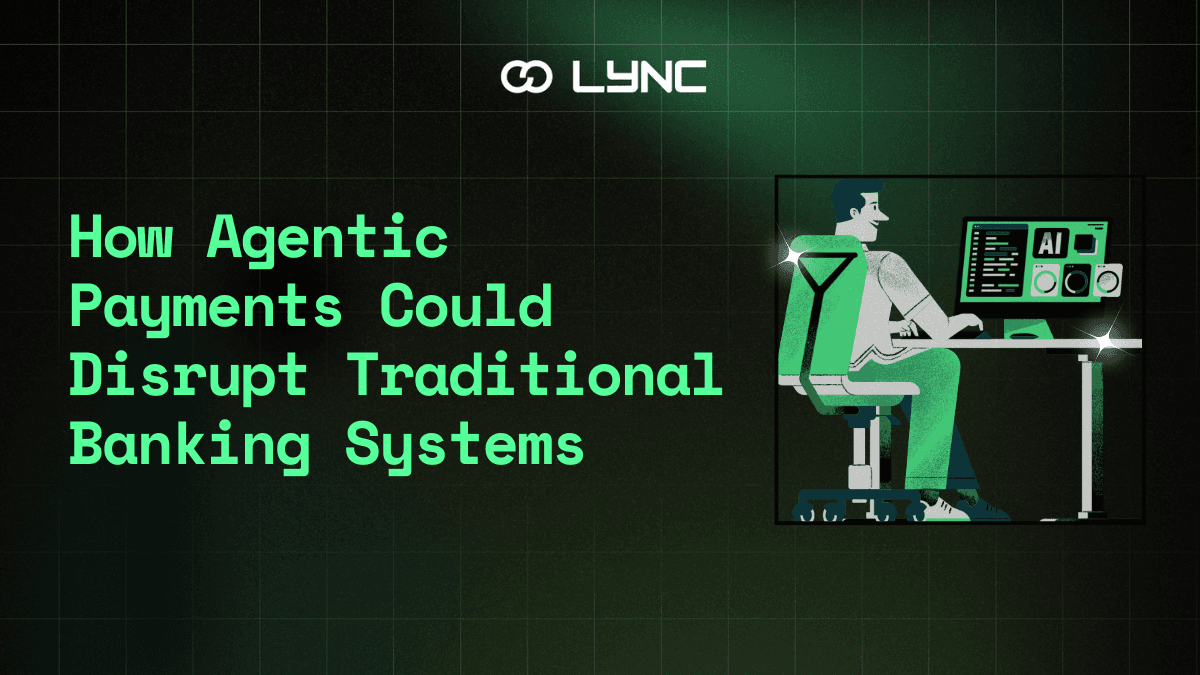
July 1, 2025
Imagine this: your bills are paid, flights booked, and that unused gym subscription quietly canceled, all without lifting a finger. That’s the subtle power of agentic payments, where AI agents handle your money moves in the background. They don’t ask....
Author
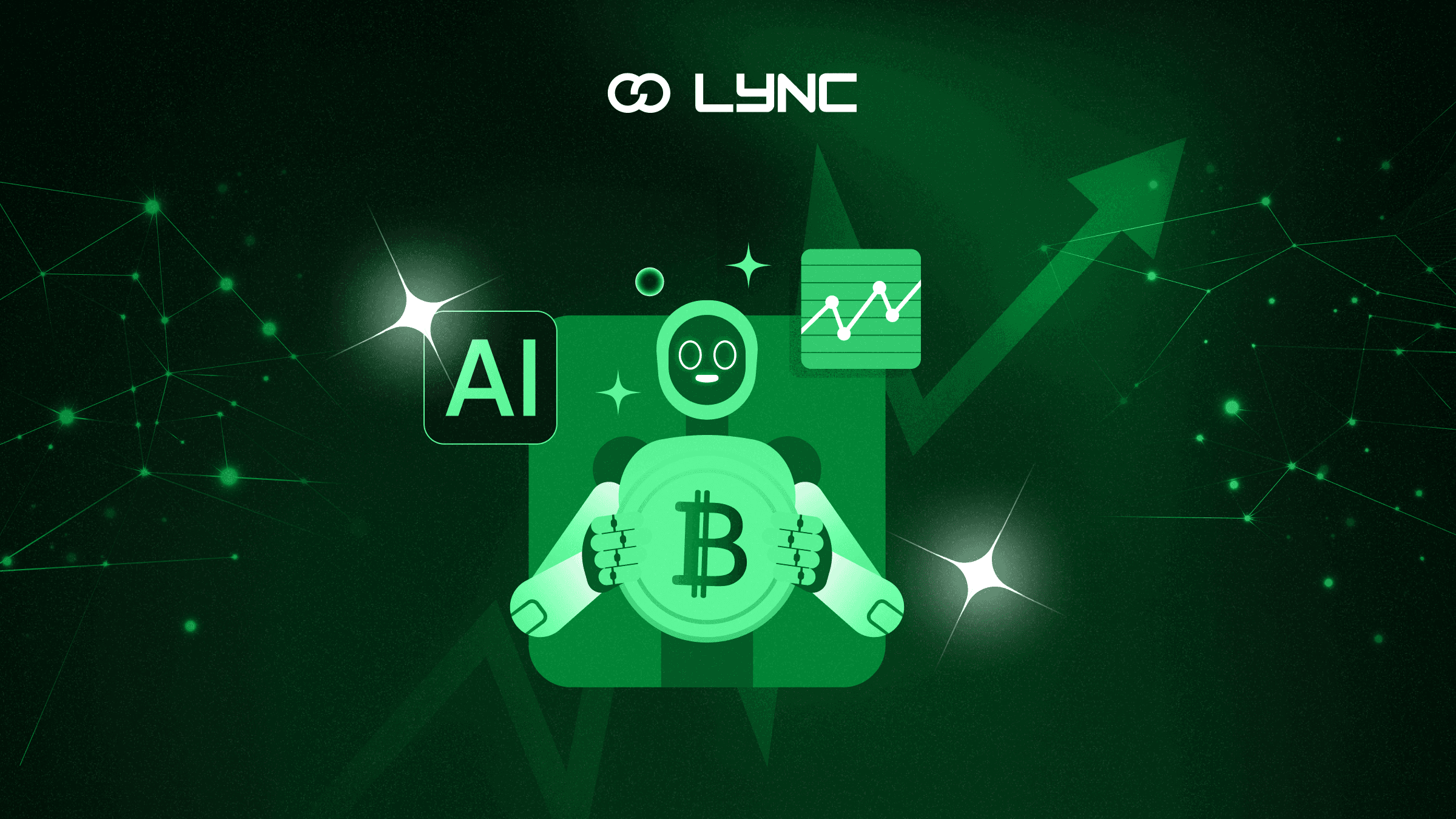
June 25, 2025
The financial landscape today is more complex and demanding than ever before. For so many years, companies have managed their operations using spreadsheets, manual reviews, and tedious data checks. Although these traditional methods were once dependable, they are no longer...
Author
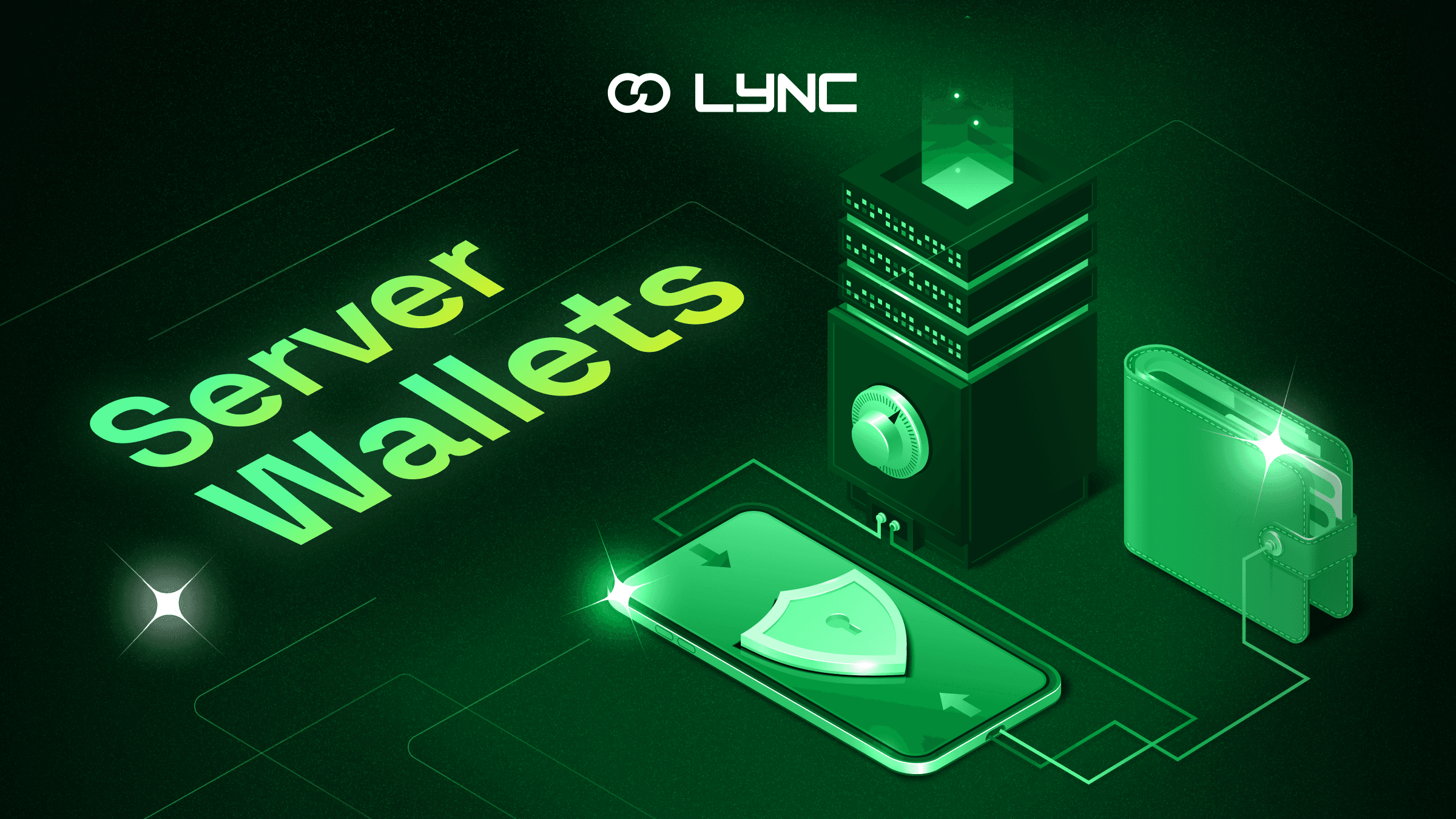
June 24, 2025
Getting started with crypto can feel overwhelming, especially when you hear terms like ‘server wallets’ thrown around. But don’t worry, it’s not as complicated as it sounds. In fact, if you’ve ever logged into an app using your email or...
Author
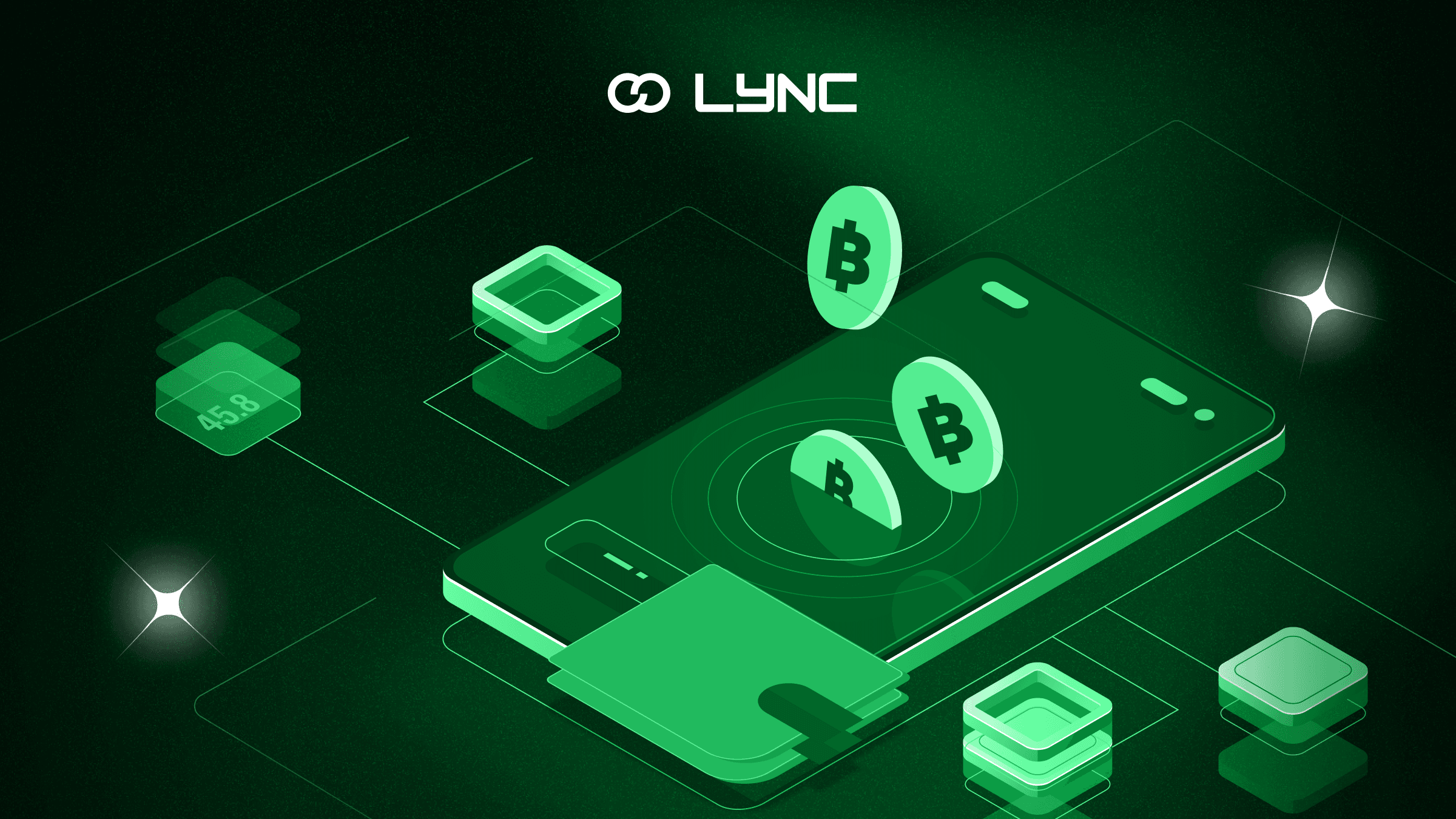
June 16, 2025
DeFi has opened the doors to financial freedom for so many people, but let’s be honest; juggling multiple wallets, platforms, and networks can quickly feel like a full-time job. That’s where wallet aggregators come in to save your time (and...
Author
Unlock special content and connect with others.
Join our community today!




